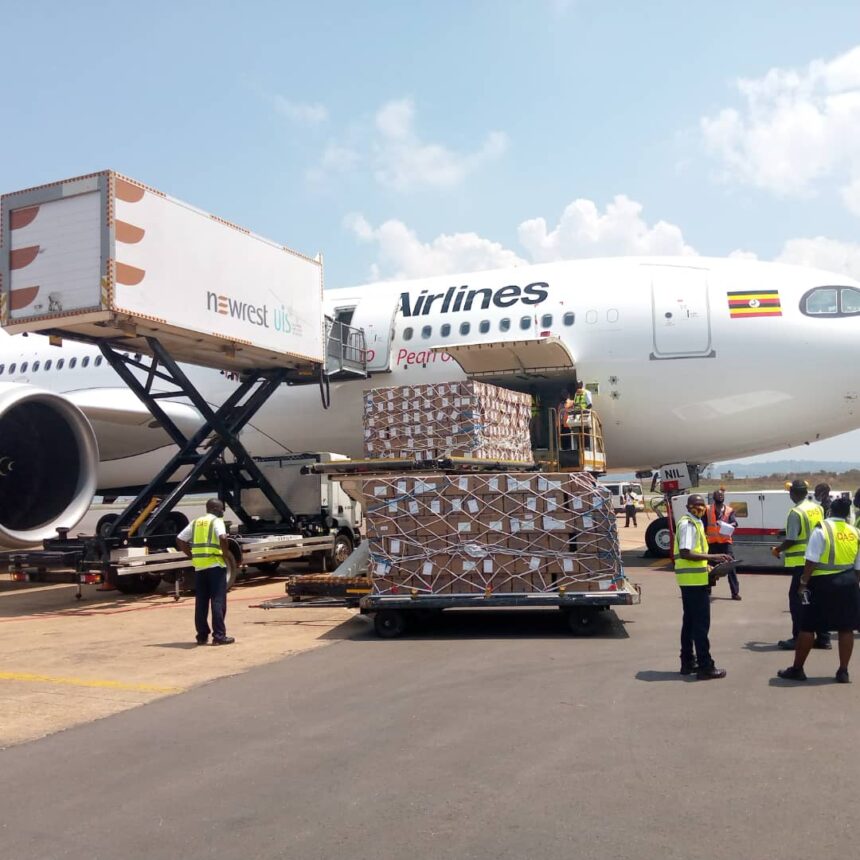African airline cargo, which makes up roughly 2% of global volumes, had the weakest regional performance in August 2023, with a 4.7% decline in volumes compared to August 2022. This was a significant decrease in performance compared to July which increased by 2.3%.
Notably, Africa to Asia routes declined by 1.1% in August following 11.2% growth in July. Meanwhile, overall African cargo capacity was 3.8% above August 2022 levels.
These figures are the latest released by the International Air Transport Association (IATA) for August 2023 global air cargo markets, showing that year-on-year air cargo demand grew for the first time in 19 months.
“Air cargo demand grew by 1.5% over the previous August. This is the first year-on-year growth in 19 months, so it is certainly welcome news. But it is off a low 2022 base and market signals are mixed. Looking ahead, while many uncertainties remain, we can take some optimism from PMI data moving towards positive territory. This is particularly significant as we head into air cargo’s traditional peak year-end season,” said Willie Walsh, IATA’s Director General.
The IATA cargo report also shows that global demand, measured in cargo tonne-kilometers (CTKs), increased by 1.5% compared to August 2022 levels and 1.2% for international operations. Capacity, measured in available cargo tonne-kilometers (ACTKs), was up 12.2% compared to August 2022 (11.8% for international operations). IATA noted this was largely related to belly capacity which rose 30% year-on-year as airlines ramped-up operations to meet peak-northern summer travel season demand.
“Several factors in the operating environment should be noted: In August, both the manufacturing output Purchasing Managers Index or PMI (49.4) and new export orders PMI (47.0) saw a slight improvement to the previous month. They remained, however, below the critical threshold represented by the 50 mark, indicating a continuing, if slower, annual decline in global manufacturing production and exports. Global cross-border trade contracted for the fourth month in a row in July, decreasing 3.2% year-over-year. This reflects the cooling demand environment and general macroeconomic conditions,” IATA stated.
Meanwhile, inflation saw a mixed picture in August, with an increase in US consumer prices for the second month in a row. And, in Europe and Japan, consumer and producer prices fell while in China, which is fighting deflationary pressures, consumer prices rose.


